A material that does not let electricity and heat travel through it is known as an insulator. The electrical insulator is a protector or protective device that finds a use for connecting many electrical components. It plays a notable role in the making of various electrical and electronic circuits and overhead power systems.
The overhead line conductors on the poles are supported by an Insulator, which prevents current flow toward the ground. The transmission lines must function properly. Different materials, such as rubber, wood, plastic, mica, and others, can be used to create an insulator. Insulators are available from a variety of Suppliers and Companies, as well as manufacturers and distributors, and there are many Insulators for Sale on Linquip.
There is a complete list of insulator services on the Linquip website that meets all of your needs. Linquip can connect you with a number of insulator service providers and experts who can help you. Linquip offers a team of Insulator Professionals and subject matter experts available to help you test your equipment.
Here, we are describing one of the most significant overhead system’s components and its different types. Read this new blog in Linquip to find out more about types of insulator.
What is an insulator?
Insulators are materials that inhibit the flow of electrical current. They are implemented in household items and electrical circuits as protection and provide the required insulation between the line conductor and earth. Insulators possess high resistivity and low conductivity. In addition to protecting the loss of current, insulators make an electrical current more efficient by concentrating the flow.
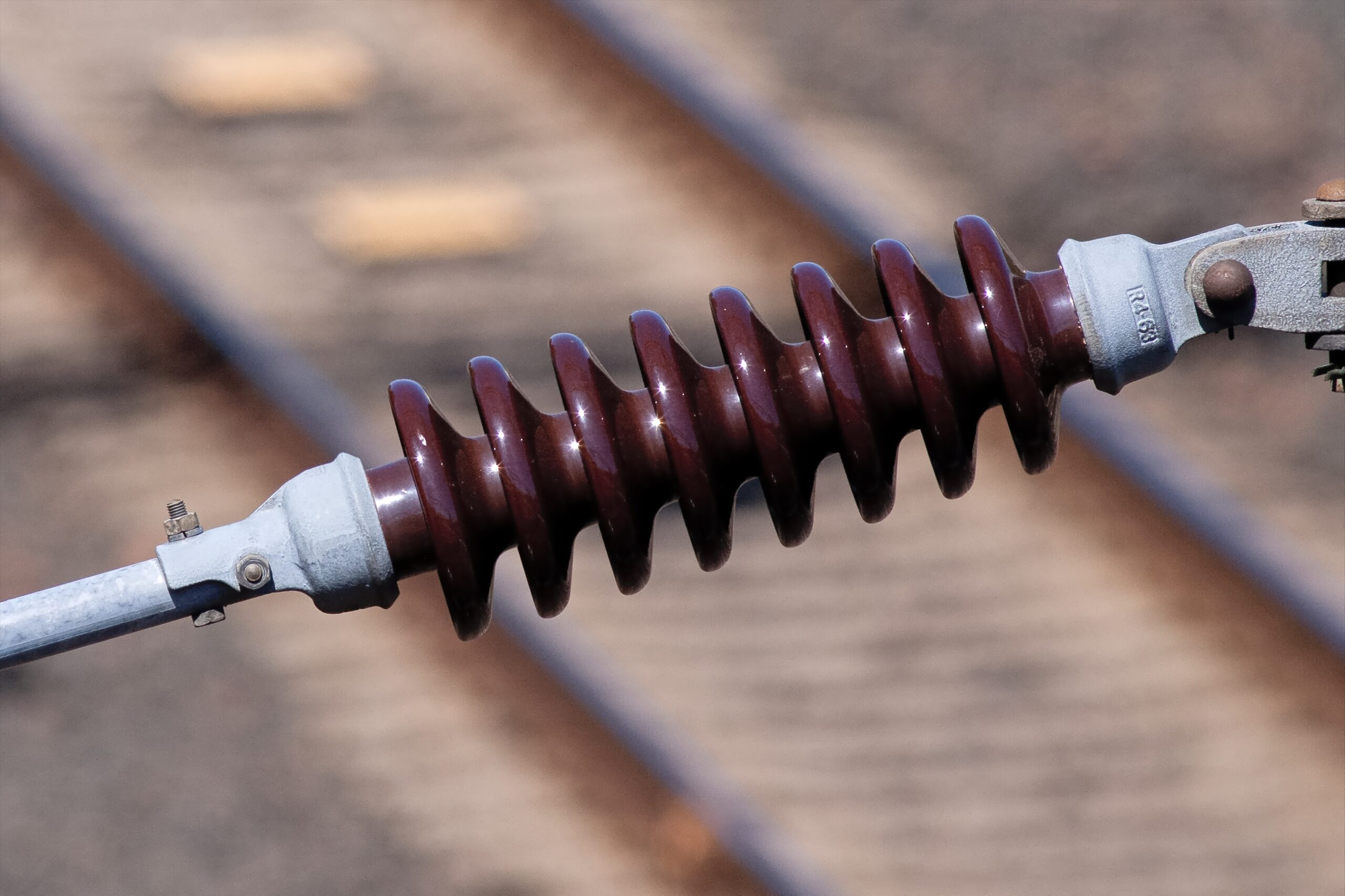
Insulator properties
Insulators have some specific properties that make them different from other electrical devices. These are some features of insulators:
- High resistivity
- Good mechanical strength for the conductor load
- The high relative permittivity of insulator material
- Good dielectric strength
- Waterproof or non-porous
Types of insulator materials
Insulators consist of different types of insulator materials like plastic, rubber, mica, wood, glass, etc. In the electrical system, specific insulating materials are used like porcelain, glass, steatite, polymer, ceramic, PVC.
The importance of insulators
- Help to protect from heat, noise, and electricity
- Support the overhead conductor
- Insulate the live parts of equipment or conductor from the earth
- Help to save switchgear, transformer, and other systems in a substation
Types of insulator
4 Main Types of Insulator are:
- Pin insulator
- Post insulator
- Suspension insulator
- Shackle insulator
Insulators are classified into different types based on their voltage rating. There are several types of insulators, but the most commonly used are:
Let’s dive in each one-by-one.
-
Pin type insulator
An insulator that isolates a wire from physical support, such as a pin on a utility pole or tower, is known as pin type insulator. It is the first developed insulators and being used for overhead lines. As the name suggests, the pin insulator is secured to the cross-arm on the pole. A pin insulator consists of nonconducting material such as porcelain, glass, plastic, polymer, or wood. Pin type insulators find a use for transmission and distribution of electric power at voltages up to 33 kV. Beyond operating voltage of 33 kV, the pin type insulators become too bulky and hence uneconomical.
Pin insulator specifications
- It has high mechanical strength.
- It requires less maintenance as compared to other insulator types.
Pin insulator pros
- Good creepage distance
- Simple in construction and cheap in cost
- Easy maintenance
- Can be used both vertically & horizontally
- Applicable to a high voltage transmission line.
- The mechanical strength of this insulator is high.
Pin insulator cons
- It applies only to transmission lines.
- It must be used by the spindle.
- The insulator pin can damage the thread of an insulator.
-
Post type insulator
Post insulators are similar to pin-type insulators, but they are more suitable for higher voltage applications. Post insulators are commonly used in the substation or generating substation. They are made in ceramic and also composite material for special applications.
Post Insulator specifications
- In a substation, it is suitable from a higher to a lower voltage.
- It helps to protect switchgear, transformers, and other connecting devices.
- Strong mechanical strength
- Can be mounted both horizontally and vertically
-
Suspension type insulator
A suspension type insulator protects an over headed transmission line like a conductor. It operates at above 33KV and overcomes the limitation of pin type insulator. Mostly, suspension insulator is made of glass or porcelain discs connected in series by metal links in the form of a string.
Suspension insulator specifications
- The voltage operating capacity of the insulator is from 11 kV to 765 kV.
- Mostly used in the overhead transmission system or line.
- It provides more flexibility to the overhead lines.
- The multiple discs find usage based on voltage level (low to high).
- Generally placed with the steel tower.
Suspension insulator pros
- If anyone of the disc insulators in a suspension string is damaged, it can be replaced easily.
- Mechanical stresses on the suspension insulator are less since the line hanged on a flexible suspension string.
- By using different numbers of discs, a suspension string can be made suitable for any voltage level.
Suspension insulator cons
- Suspension insulator string costlier than pin and post type insulator.
- It requires more height of supporting structure than that for pin or post insulator to maintain the same ground clearance of the current conductor.
- The amplitude of the free swing of conductors is vaster in the suspension insulator system, so it should provide more spacing between conductors.
-
Shackle type insulator
An insulator that finds use in distribution networks that works with low voltage is known as a shackle insulator. This insulator, that is also known as a spool insulator, is used on sharp curves, end poles, and section poles. Shackle insulator occurs in small size on the overhead distribution system. At present, the usage of this insulator has decreased because of the underground cable used for distribution purposes. It includes a conductor within the groove and can be fixed by using a soft binding wire.
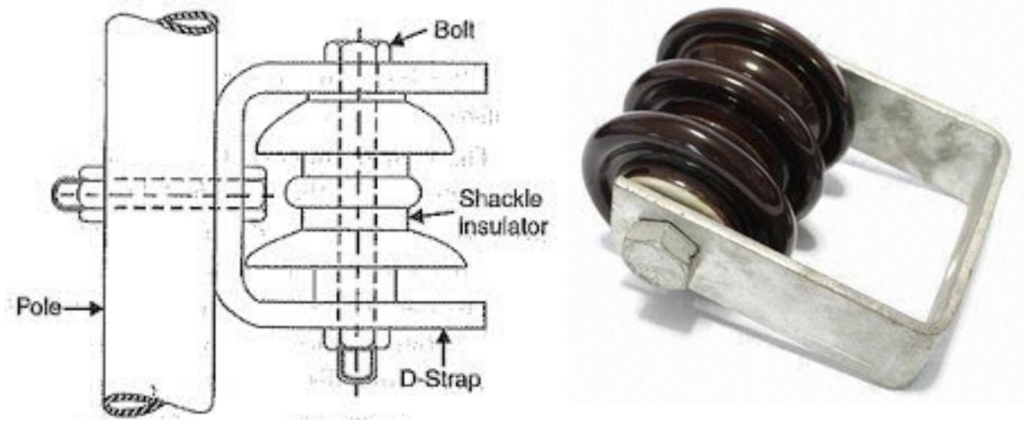
Shackle insulator specifications
- It is used in a distribution system by arranging in between tower & conductors to support & insulate.
- Can be used in overhead lines with low & medium voltage
- It is used with a bolt by placing on the pole otherwise telegraph to avoid outflow current from conductors
- Can be used in both horizontal & vertical position.
Shackle insulator pros
- Extremely dependable for conductors
- Designed to meet up the demands of electricity
- The best solution for maintaining protection in different electrical appliances
- Bears a high amount of current and temperature
Shackle insulator cons
- These apply to low voltage distribution networks only.
Here we provide a table of voltage capacity and use of each types of insulator .
|
Insulator |
Voltage capacity | Use |
|
Pin insulator |
< 33 kV |
Distribution system |
|
Post insulator |
11 kV to 765 kV |
Substation system |
|
Suspension insulator |
> 11 kV (High) |
Transmission system |
| Shackle insulator | < 33 kV |
Distribution system |
So, there you have a detailed description of different types of insulator and their specifications. If you have any points to discuss in this article in Linquip, let us know by leaving a reply in the comment section. Is there any question we can help you through? Feel free to sign up on our website to get the most professional advice from our experts.
Download Types of Insulator Used in Overhead Lines PDF
Buy Equipment or Ask for a Service
By using Linquip RFQ Service, you can expect to receive quotations from various suppliers across multiple industries and regions.
Click Here to Request a Quotation From Suppliers and Service Providers
Read More on Linquip
- What is Stay Insulator?
- What is Disc Insulator? Types & Applications
- Detailed Information About Suspension Insulators
- What is Post Insulator? Types & Applications
- Detailed Information About Strain Insulators
- Shackle Insulator: Applications and Working Principles
- Types of Transformer: An Article About How Transformers Differ in Construction and Design
- Thermocouple Types: A Complete Comparison Between Them
- Types of Heat Exchangers: An Introduction to All Essential about Specifications
- Pin Insulator: a Simple Overview of The Working, Pros, And Cons
- Difference between Conductors and Insulators: All you need to know!

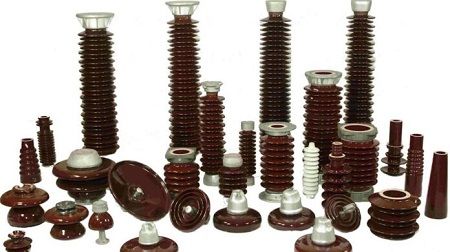

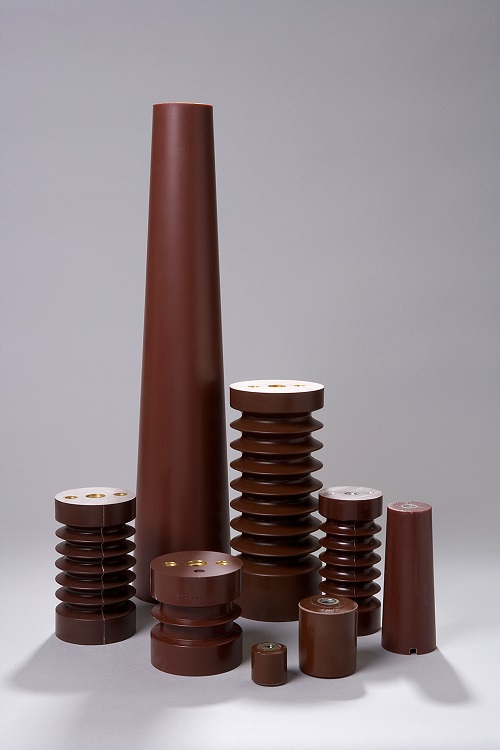
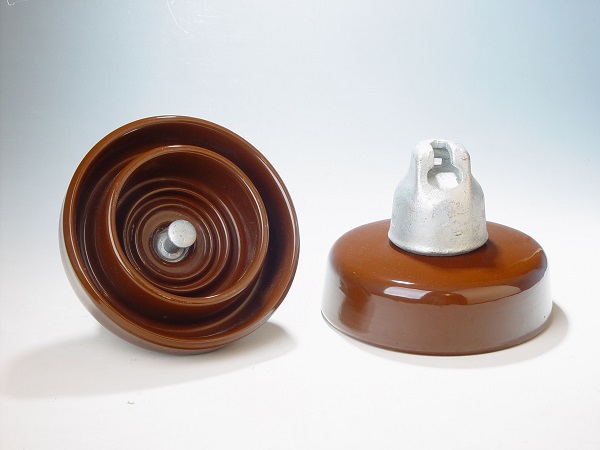
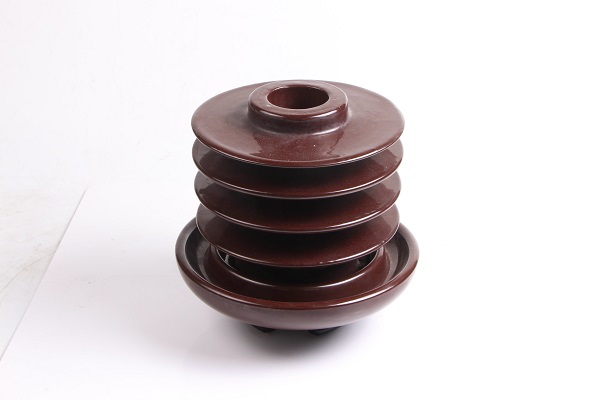


thanks your information is so helpful
Thanks for visiting our website and leaving your comment, kagolo! You are encouraged to visit Linquip Tech News, where you can find similar posts.